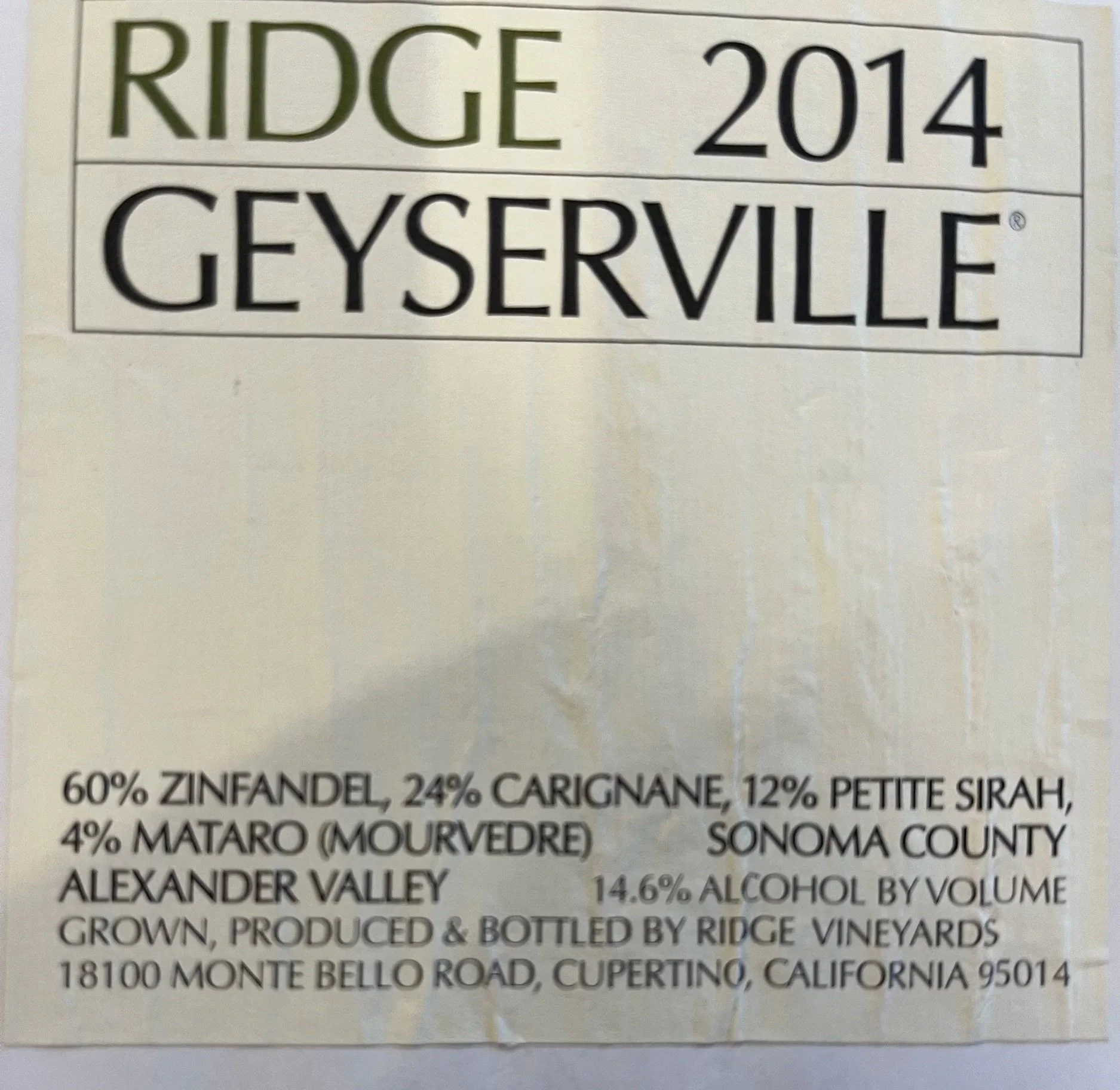The Ultimate Easy Guide To Demystifying Wine Labels (New World Edition)
Solve a wine label mystery?
No one likes being clueless!
A little knowledge goes a long way!
Let’s get some clues:
Is the idea of a mystery unnerving? Think of it like a story!
Want to visualize this story?!?!
Well, I’ve got a brand new YouTube video on this topic:
You can click on the thumbnail above, or this incredibly easy YouTube button:
Watch now. Watch later. Your call! Subscribe for more great stuff.
Back to the wine label story:
Wait! before I get back to the story, now would be a good time to suggest you sign up for this fantastic Ultimate Free wine Guide!
Ok. Now we can get back to the story.
Spoiler alert:
Old World Wine is from Europe. New World is everywhere else. I so did not make this up. I write about it a lot!
This post and the video is about New World Wine labels. My next video is about Old World. They often tell the story quite differently.
With New World wines, the label usually has a Who, What Where, When (sometimes) and a How.
Here’s an example:
I’ll explain the letters below!
A is the WHO! Sounds sort of intimate. As if there is one individual behind the wine. With Macphail there sort of is, or at least was. Jim Macphail is the winemaker at other wineries right now, though. Long story. Head to the Archive and put in his name if you want the story.
Most times there is no one specific WHO. Kendall Jackson is unlikely just one WHO. Go with the WHO concept though. The producer is probably on every wine label somewhere.
If you find a producer that you like, it is worth it to see what other of their wines you may enjoy.
B is the WHAT! As in what kind of grape is the wine made of. In New World wines, in order to list the variety with top billing like that, it must be 75% of the wine. Then it is actually referred to as a varietal. (I’ll show in a bit what happens when it isn’t at least 75% OR watch the Video. Hint, hint.)
The what is very helpful if you think you want a specific grape.
C is the Where! This is where the grapes are grown. Not necessarily where they are made. That’s another story. Almost all wines have a Where. It is formally called a Geographic Indicator (GI.)
With the MacPhail wine, the location is extremely specific, right down to the Vineyard. With the Kendall Jackson, the location is the entire state of California.
Generally it is assumed that the smaller the area, the better the wine. While often true, it isn’t always. Basic supply and demand will likely make the wine more expensive. Smaller area, smaller production.
Only you as the consumer can decide if the price is worth it.
D is the WHEN! This is when the grapes were picked. It is also referred to as the Vintage. Not all wines will list it, but most do. Sometimes the winemakers use grapes from another year.
For the E which is HOW we often need to go to the back of the wine label:
Yep, we are looking at HOW the alcohol affects you and the wine.
E is the ABV. ABV stands for Alcohol by Volume. It can vary a lot from wine to wine. You really have to search for it on some labels.
Generally, higher alcohol is a more full bodied wine. However, only you can decide what style appeals to you.
Just be careful when drinking higher alcohol wines. It can really sneak up on you.
This the the Basic story line of the wine label.
By the way, the back of the wine label often has additional information. Worth looking at it.
I mentioned before about the 75% rule. When the grape variety gets below 75% this is what happens:
Ridge makes a number of fantastic Zinfandel wines.
Here you see the Zinfandel listed front and center! It’s 100%.
Ridge wine with Zinfandel below 75%.
Just the location remains. Zinfandel is gone. Because Ridge is a high end producer, they list the exact percentages.
When there is no lead singer, so to speak, you get into Red Blend territory. The same can be said with White wines.
There is nothing wrong with a blend, at all. With any great band, back up singers can be great.
However, try to taste the wine before you buy it, especially if it is expensive. Buying a wine because it has a fun label is fine, but don’t overspend on it!
Blends can call themselves anything. They can get quite creative!
A few more details:
Certain words on a wine label are official.
Kosher is an official certification. (If you keep kosher you know. If you are buying for someone, check out some of my posts on the topic.)
Organic is an official certification.
Vegan is an official certification. (By the way, all kosher wines are Vegan but they don’t list it specifically.)
Certain words on a wine label are not official.
Natural wine is not an official certification or a regulated term. It usually means low intervention wine making. However, one winemaker’s view of that and another may differ. Sometimes it is just good marketing.
Old Vines is also not an official certification. Old vines can make amazing wines. There is no official rule for what counts as old though.
Reserve is an official designation in Old World countries. In New World wines it is really winemaker’s choice if they call it that.
The story of New World wine labels ends here for now.
Now that you know the key pieces of WHO, WHAT, WHERE, WHEN(not always) and HOW it should make you feel more in control of your wine buying.
A little knowledge will go a long way!
Try different things and compare. Check out the Shop for mats to help compare wines. It’s the best way to learn!
Did you get your guide yet?
〰️
Now would be a good time.
〰️
Did you get your guide yet? 〰️ Now would be a good time. 〰️
As always, no need to overthink or overspend. Just have fun!
Exactly!






